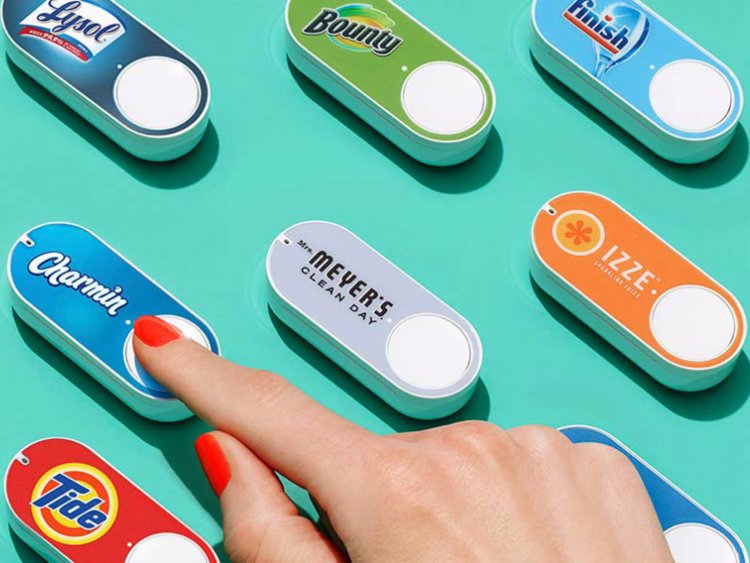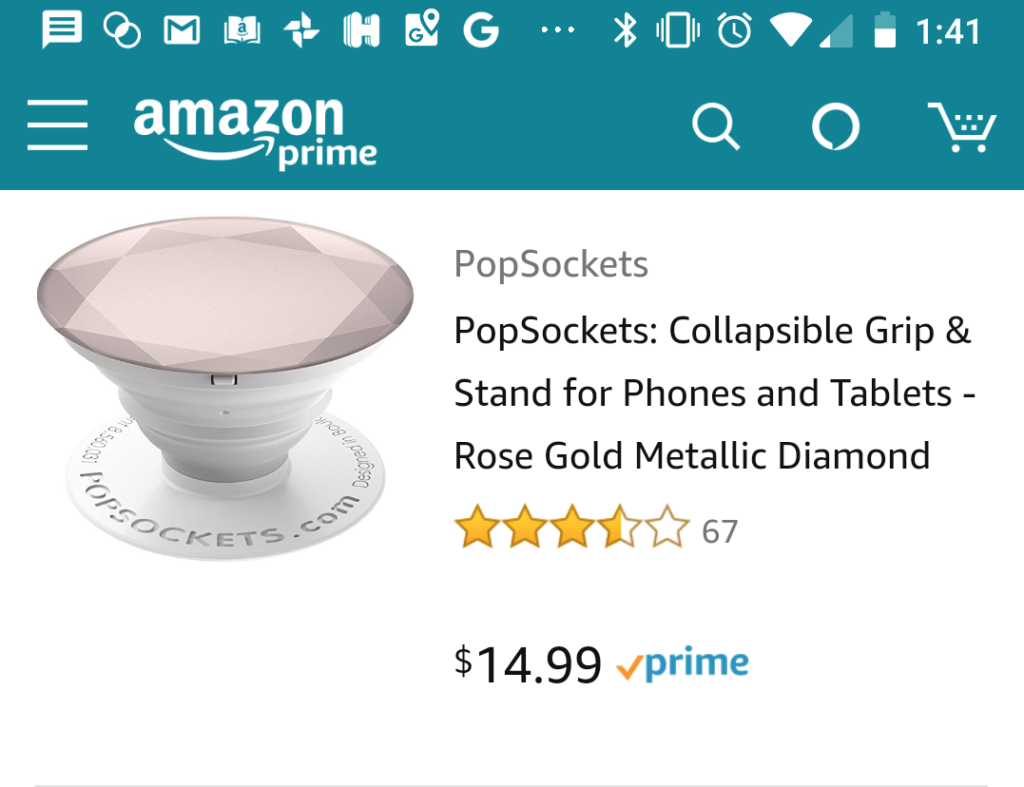How Amazon Can Fix Its Recommendations
Amazon is the world’s most successful online retailer and their growth shows no signs of stopping. Many companies look to Amazon for best practices for ecommerce and online retail. However, not everything they do is right. One of their most lauded features is actually a bit weak: their recommendations.
For example, this Twitter user’s post received over 404k likes:
Dear Amazon, I bought a toilet seat because I needed one. Necessity, not desire. I do not collect them. I am not a toilet seat addict. No matter how temptingly you email me, I’m not going to think, oh go on then, just one more toilet seat, I’ll treat myself.
— Jac Rayner (@GirlFromBlupo) April 6, 2018
The Problem
Amazon’s recommendations do one thing very well, which is that they remind you of that thing you looked at but didn’t buy. So you get notifications on your phone. You get notifications on Facebook. “Hey didn’t you mean to buy that toilet seat the other day? Here are some you might buy.”
However, you already bought a toilet seat. You’re not a toilet seat enthusiast. Most people who buy a toilet seat buy one or two and probably the same style or brand, all in one purchase. Amazon probably has customer data that would tell them that, but they’re using a big hammer approach.
The Fix
The simplest way to fix this might be to simply set a time interval for the recommendations so eventually they time out and aren’t shown. It looks like Amazon does this already or replaces stale recommendations with something you’ve looked at more recently. However, this approach won’t work for bigger purchases where shoppers tend to take their time deciding before buying.
Amazon does recommend accessories for recent purchases so we know they capture purchase signals and recommend things based on them. My son recently bought a Nintendo Switch. Since then, Amazon has been recommending cases and other accessories. These add-ons are a great use of recommendations.
Another potential solution is to not recommend things that are similar to items a customer has already purchased. However, this doesn’t work for perishable items that we buy regularly. In fact, they might want to encourage you to subscribe to those. Amazon makes this delineation when it recommends their Dash buttons for these sorts of consumer goods.

The best thing Amazon could do to fix its recommendations is to do a better job of customer profiling. If customers who buy a toilet seat don’t repeat this action in the next few weeks, then let’s not show them toilet seats again.

On the other hand, customers who regularly buy shoes might buy them more frequently if they’re shown good quality recommendations. You can segment and identify those customers algorithmically, essentially by clustering them together based on their signal patterns. Yes, they recently bought shoes, but let’s keep offering them shoes because they are indeed shoe enthusiasts. Or people who buy old vinyl records, sure keep it up, they buy vinyl whenever they can get it.
TL;DR
In short, Amazon should use purchase signals with a machine learning technique called “clustering” to segment customers in order to determine if they are likely to buy something similar again. If not, don’t recommend that item again. If similar customers bought similar items more than once, then go ahead and recommend it again.
It goes without saying that we have tools and techniques to do all of this in Lucidworks Fusion.